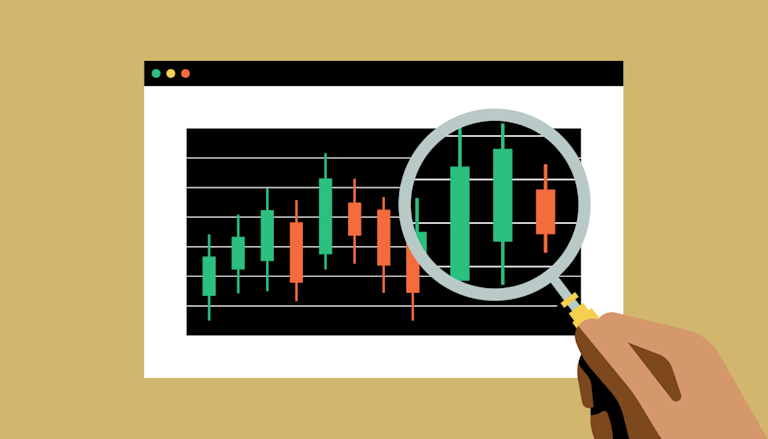Understanding Crypto Trading Trend Signal Your Guide to Smarter Trading

In the world of cryptocurrency trading, understanding trends and signals is crucial for any trader looking to make informed decisions. The Crypto Trading Trend Signal serves as a vital tool designed to aid traders in navigating the unpredictable waters of the crypto market. With the rapid price fluctuations and the ever-evolving landscape of digital currencies, it’s essential for traders to utilize the right strategies and tools. For further insights, Crypto Trading Trend Signal click here to explore detailed resources.
What is Crypto Trading?
Crypto trading involves buying and selling cryptocurrencies in a market with the aim of making a profit. It can be done on various exchanges and platforms, where traders can engage in various forms of trading, including day trading, swing trading, and long-term investing. Unlike traditional assets, cryptocurrencies are decentralized and can be highly volatile, providing numerous opportunities and risks for traders.
The Importance of Trends in Trading
Trends are the general direction in which the market is moving. Recognizing and understanding trends can significantly improve a trader’s ability to make profitable decisions. In crypto trading, trends can be identified through technical analysis, where historical price data is used to predict future movements. There are generally three types of market trends: uptrends, downtrends, and sideways trends.
Uptrends
An uptrend occurs when the price of an asset is consistently rising. This is characterized by a series of higher highs and higher lows. Traders often utilize uptrends to maximize profits by buying low and selling high. Recognizing an uptrend signals to traders that it may be a good time to enter the market.
Downtrends
Conversely, a downtrend indicates that the price is falling, marked by lower highs and lower lows. In this scenario, traders may look to short-sell, which involves selling an asset with the intention of buying it back at a lower price. Understanding downtrends can help traders minimize losses and navigate bear markets effectively.
Sideways Trends
A sideways trend occurs when the price of an asset moves within a horizontal range, showing little to no directional movement. This trend often leads to consolidation periods where traders may adopt a wait-and-see approach or employ range trading strategies.
What are Trend Signals?
Trend signals are indicators that help traders determine the direction of the market. They can be derived from various analysis methods, including technical indicators, moving averages, or pattern recognition. Utilizing trend signals allows traders to make more informed trading decisions, as it provides a clearer picture of the market’s potential direction.

Types of Trend Signals
There are numerous types of trend signals that traders can use, each with its unique characteristics and advantages:
1. Moving Averages
Moving averages are one of the most common trend indicators. They help smooth out price data and identify trends by calculating the average price over a specific period. The two primary types are the Simple Moving Average (SMA) and the Exponential Moving Average (EMA). EMAs react more quickly to price changes than SMAs, making them more suitable for short-term trading.
2. Relative Strength Index (RSI)
The RSI is a momentum oscillator that measures the speed and change of price movements. It provides valuable insight into overbought or oversold conditions in the market, which can signal potential reversals. An RSI above 70 may indicate that an asset is overbought, while an RSI below 30 suggests it is oversold.
3. Moving Average Convergence Divergence (MACD)
The MACD is another popular trend-following momentum indicator. It shows the relationship between two moving averages and is particularly useful for spotting potential buy and sell signals. The MACD line crossing above the signal line can indicate a bullish trend, while crossing below may indicate a bearish trend.
Combining Trend Signals
Successful trading often comes down to combining multiple indicators to validate signals. For instance, a trader might look for a bullish crossover on the MACD in conjunction with an upward movement in the RSI to strengthen the case for entering a long position. By using multiple types of trend signals, traders can reduce the risk of false signals and make more confident trading decisions.
Limitations of Trend Signals
While trend signals are valuable tools, they are not foolproof. False signals can occur, especially in volatile markets such as cryptocurrencies. It’s crucial for traders to have a thorough understanding of the indicators they are using and to implement risk management strategies, such as stop-loss orders, to protect their investments.
Conclusion
The importance of Crypto Trading Trend Signals cannot be overstated. They empower traders to make informed decisions and capitalize on market movements. By understanding market trends and utilizing various trend signals, traders can navigate the complex world of crypto trading more effectively. As the market continues to evolve, remaining updated with the latest tools and strategies will only enhance one’s trading prowess. Embrace the use of Crypto Trading Trend Signals to enhance your trading strategy and achieve greater success in the cryptocurrency landscape.
